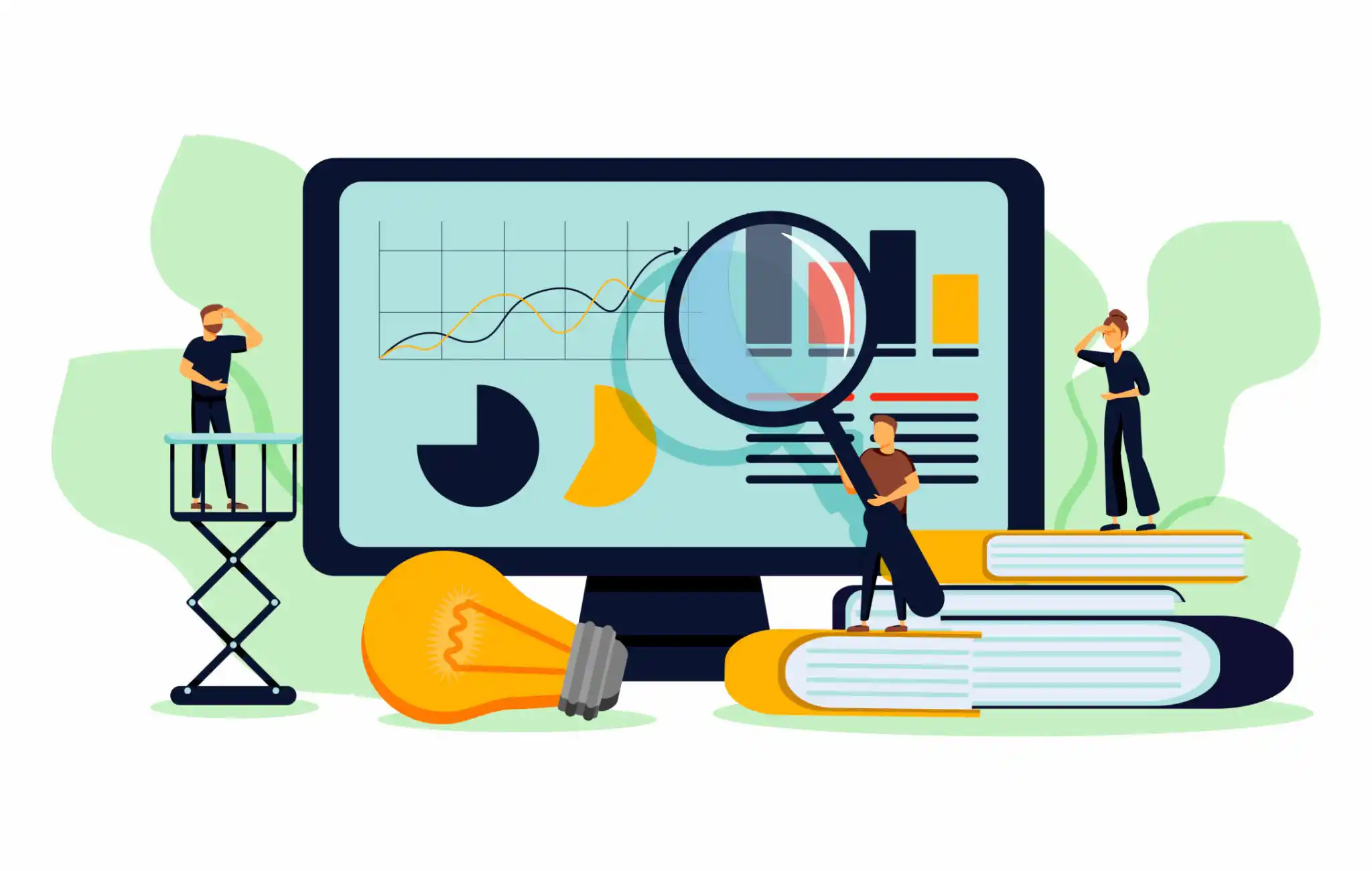Data literacy involves the skills and knowledge necessary to navigate the data landscape, including the ability to analyze, interpret, and draw meaningful insights from data.
Key components of data literacy include:
- Data Collection and Acquisition: Understanding how data is collected, recognizing different data sources, and knowing how to acquire relevant data for analysis.
- Data Cleaning and Preprocessing: Skills in cleaning and preprocessing data to ensure it is accurate, complete, and ready for analysis.
- Data Analysis: Proficiency in using various data analysis techniques and tools to extract meaningful information from datasets. This includes statistical analysis, machine learning, and data visualization.
- Data Interpretation: The ability to interpret the results of data analyses and draw meaningful conclusions. This involves understanding the implications of data findings and their relevance to a given context.
- Data Visualization: Effectively communicating insights through visual representation of data. This includes creating charts, graphs, and other visualizations to make complex data more accessible and understandable.
- Data Privacy and Security: Understanding the importance of data privacy and security, and adhering to ethical standards when handling sensitive information.
- Communication: The ability to communicate findings and insights to both technical and non-technical audiences. This involves using plain language and visualizations to convey complex information.
- Critical Thinking: Developing a critical mindset to question data, assess its quality, and consider potential biases.
- Continuous Learning: Recognizing that the data landscape is constantly evolving and staying updated on new tools, techniques, and trends in data analysis.
Data literacy is increasingly important in today’s data-driven world, where organizations rely on data to make informed decisions. Individuals with strong data literacy skills are better equipped to navigate the challenges and opportunities presented by the abundance of data in various fields.
